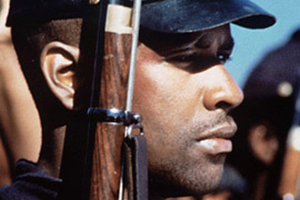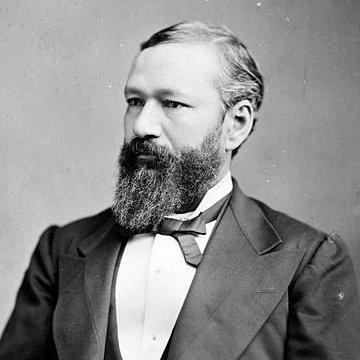This Week in Black History: 54th Massachusetts’ charge at Fort Wagner reshaped Black history and the Civil War

On July 18, 1863, the 54th Massachusetts Volunteer Infantry Regiment, one of the first United States Army units composed entirely of free Black men, made its historic assault on Fort Wagner near Charleston, South Carolina. The regiment’s courageous charge marked a turning point in the Civil War and in American history, proving the valor and discipline of Black soldiers under fire.
The 54th Massachusetts was established in early 1863, following the Emancipation Proclamation. Its formation was met with skepticism and resistance from critics who doubted Black men would fight for the Union cause. Despite this atmosphere, hundreds of free Black men from Northern states volunteered to join, many motivated by the hope of ending slavery and gaining true citizenship.
Commanded by Colonel Robert Gould Shaw, the regiment trained in Massachusetts before being deployed to the battlefront in the South. Their most famous moment came on July 18, 1863, when they led an assault on the heavily fortified Confederate garrison at Fort Wagner, which guarded the approach to Charleston’s harbor.
The attack was a severe test. As soon as the regiment emerged onto the beach, Confederate cannons and rifles opened fire. Leading the charge, the soldiers of the 54th advanced across open sand, clawing their way up the fort’s embankments. Despite fierce resistance and heavy casualties—including the death of Colonel Shaw—the men of the 54th pressed forward. While they did not capture the fort, their bravery under relentless attack stunned observers on both sides.
The fortitude of the 54th Massachusetts did not go unnoticed. News spread throughout the North and across Union ranks, inspiring thousands more Black men to enlist. By war’s end, nearly 200,000 Black soldiers and sailors had served in the Union armed forces. Their participation, historians note, gave the Union both a moral and military edge, helping to tip the balance toward victory and the abolition of slavery.
The 54th’s story was brought to wider attention by the 1989 film “Glory,” which dramatized the regiment’s struggle and sacrifice. Today, their legacy lives on as a testament to courage in the face of adversity and a defining moment in Black and American history.
For more about Black history, arts and culture in California, visit the California African American Museum.





